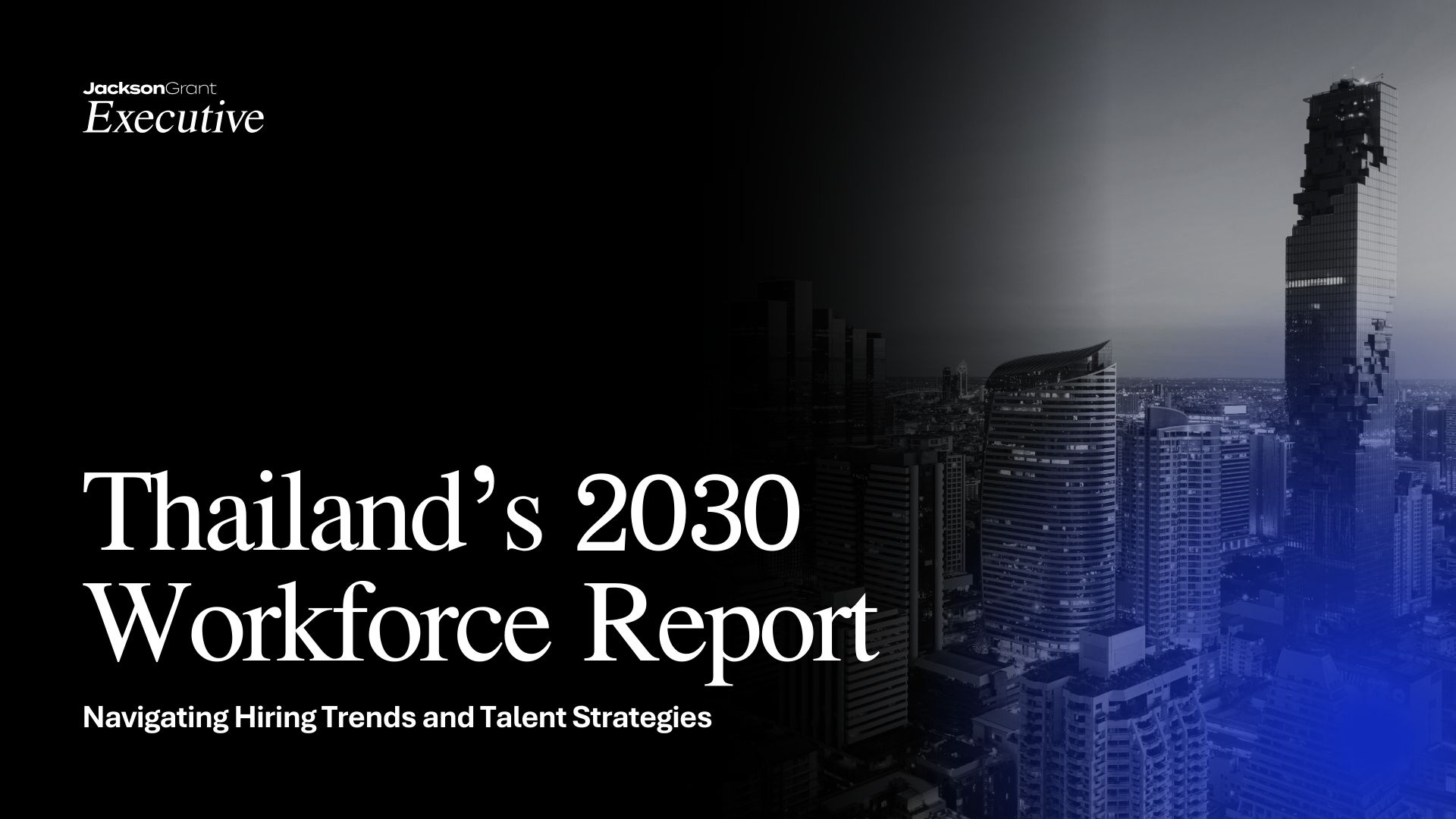Executive coaching offers senior leaders the opportunity to emerge from the constraints of their own stuff that’s getting in the way of their leadership.
It is an intentional process that empowers senior leaders to engineer healthy personal changes, a process that the leaders themselves drive forward.
But this kind of change is extremely difficult to achieve alone. Sheer willpower is not enough. Only an outside voice can help them see deep insights that have been lurking unnoticed in the shadows.
What Executive Coaching Is Not
Executive coaching is misunderstood to be many things that it is not. A casual chat. A sounding board. Getting advice from a mentor. Nope.
The real magic lies in its structure. It is a developmental process driven by good, open questions that guide leaders to their own measurable short-term goals. It is built on the assumption that leaders are full of great ideas, but old frames of reference are blocking the flow.
With the right process, executive coaching becomes a powerful tool for unlocking leadership potential, sharpening decision-making, and turning goals into measurable progress.
What Does the Executive Coaching Process Look Like?
1. Chemistry check
It begins with an initial conversation to determine if the leader feels comfortable with the coach and if the coach thinks the leader is ready to change. A two-way chemistry check.
2. Self-awareness through assessment
The leader takes a top-flight psychometric assessment to reveal insights into personality, and the coach helps the leader unpack the meaning of those reports. The coach then interviews four people who work with the leader to generate a 360-degree outside-in summary on leadership strengths and growth opportunities. Both sources of data are essential for helping the leader to expand self-awareness.
3. A structured coaching journey
Next is a series of six 1.5-hour coaching sessions. The goal of the first session is to guide the leader to choose a handful of goals that, if achieved, will significantly improve effectiveness in leadership roles. In sessions two to six, the coach helps a leader to look at each developmental opportunity from a variety of angles.
The Coaching Session Framework
Each session follows a familiar flow:
Connecting
Renewing the leader-coach relationship and asking about lessons the leader has learned by following through on Action Steps.
Outcome
Choosing a topic and setting a measurable outcome for the session.
Awareness
Exploring the problem with open-ended questions from many different angles in an effort to invite the leader to challenge personal assumptions and think outside the box.
Course
Asking the leader, “What actions will you take moving forward?” This is the critical juncture when a coach helps the leader to make the goals SMART (Specific, Measurable, Achievable, Relevant, and Time-oriented).
Highlights
Reflecting on that day’s conversation. The leader completes the session by considering personal takeaways, things that have been most memorable from the conversation. This last step helps the leader to solidify thoughts and move forward with intentionality.
Coach the Person, Not the Problem
An invisible hand guiding this entire process is the executive coach’s laser focus on one important principle: Coach the person, not the problem. The onus for solving problems is never on the coach. In fact, I often remind myself, “Larry, this is not your problem to solve. But how can you help this leader to see how he may be getting in his own way?”
Executive Coaching at JacksonGrant Executive
Executive coaching at JacksonGrant Executive is a powerful process that starts like a chat but ends in transformation.
Discover the process behind real leadership growth. Contact us to start the conversation.




